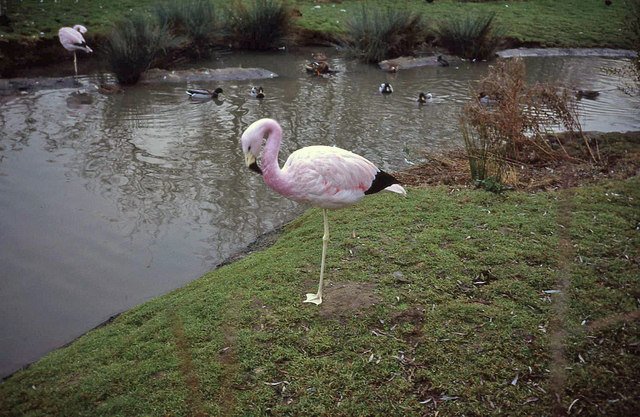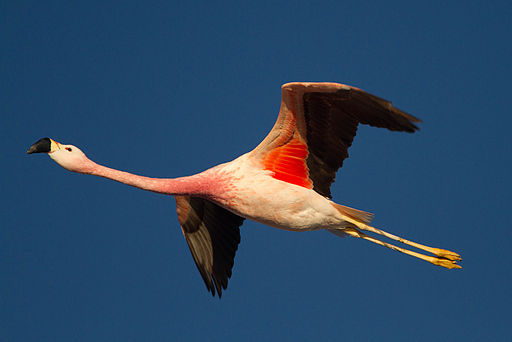Thank you to everyone who shared their amazing ideas last week and thank you to all of you who visited to see what was shared and of course to those who left comments on others. If you have not had a chance to visit them, you should since there are wonderful ideas. Now for some features. We had one most clicked, so to check out this amazing idea (and there were several other wonderful fall inspired play that she shared last week) click on the picture!
Some Fall Favorites
1) From Mums Make Lists: Fall Foraging Fun for Kids2) From Let's Play Music: The Autumn Fairy
3) From P is for Preschool: Leaf Confetti
4) From We Made That: Scarecrow Wreath
5) From The Chirping Moms: Pumpkin Pie Pudding Paint
6) From Little Bins for Little Hands: Fall with Earl the Squirrel
Thank you to everyone who shared last week!! I hope you will join us and share again!! If you are featured here, please feel free to grab a featured button to display proudly on your blog.
This week we shared kicked off Hispanic Heritage Month by sharing two wonderful picture books of Puerto Rican legends and the Multicultural Kid Blogs Blog Hop and Giveaway, continuing our celebration of Hispanic Heritage Month we shared a Chilean Snow White and we learned about Andean flamingos; we also shared our Around the World in 12 Dishes "visit" to New Zealand with kiwi and ginger cake and growing our own kiwis and another Bill Martin, Jr. book--I Pledge Allegiance for the Virtual Book Club for Kids.
Now for This Week's Party
A Few Simple Guidelines:
1) Please follow Crafty Moms Share via GFC (or one of the other ways that work for you).
A Few Simple Guidelines:
1) Please follow Crafty Moms Share via GFC (or one of the other ways that work for you).
2) Link any kid-friendly, child-centered post. Please no etsy shops or giveaways, etc. Remember to link to your actual post.
3) I would love it if you would follow me on Facebook and Google+
Disclaimer: By sharing here, you are giving Crafty Moms Share permission to use your photos for features and to pin your craft at Pinterest.






























